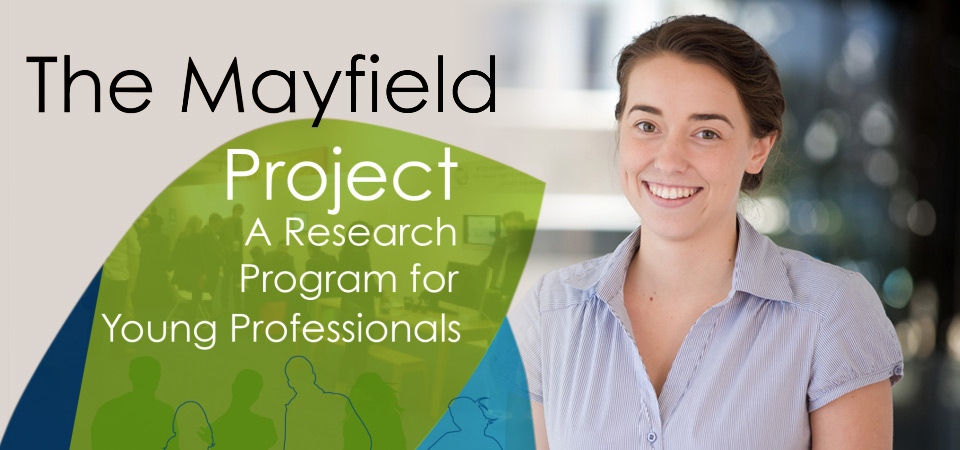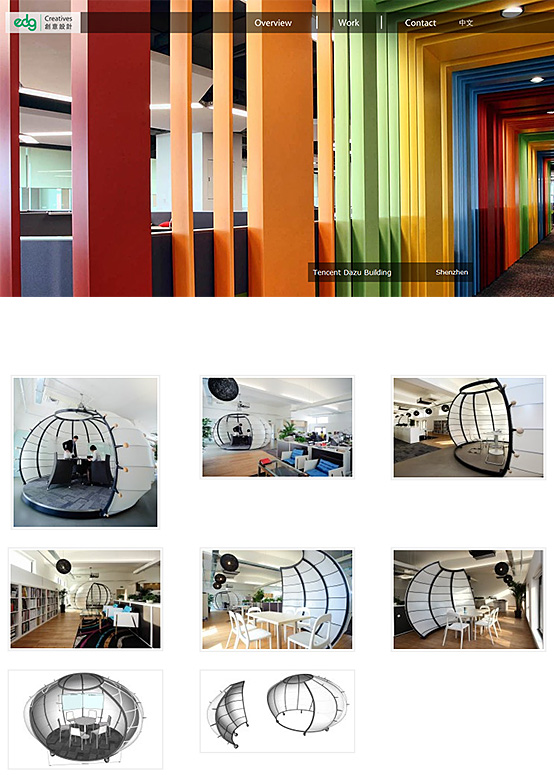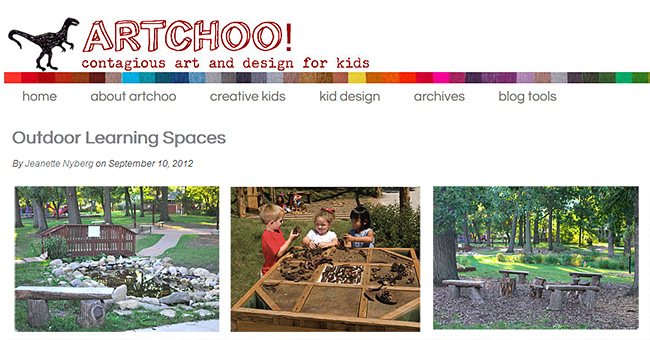PBS LearningMedia Spotlight: Young Inventors, Designers & Innovative Thinkers
Spark your students’ curiosity in engineering and technology by introducing them to the designers, inventors, and clever thinkers featured in PBS LearningMedia. Use their stories to illustrate various themes of study like the engineering design process and the impact of technology. For free access to PBS LearningMedia, register today!
Designing a Wheelchair for Rugby
Grades 6-12 | Video | Inventions
See what happens when a U.S. Paralympic athlete challenges two teams of high school students to build an automated wheelchair. Use this segment to initiate a design challenge in your own classroom.
Wind Energy Fuels Jobs for Oklahoma Youth
Grades 6-13+ | Video | Innovations
How can your students affect the world around them? Use this video segment about wind energy to illustrate the real-world impact of an innovative idea.
Scientist Profile: Inventor
Grades 4-6 | Video | Inventions
Get your class excited about great ideas! Introduce them to Ryan Patterson, teen scientist and inventor of an electronic sign language translator glove.
Kid Designer: A Comfortable Cardboard Chair
Grades 3-12 | Video | Inventions
Introduce your class to this industrious young designer who demonstrates how to construct a sturdy chair out of cardboard.
A House for Teddy Bear
Grades K-2 | Video | Problem Solving
See these young learners engaged in problem solving and trial-and-error design! Consider replicating this project in your own classroom to reinforce lessons on design, construction, and experimentation.
Sid’s Amazing Invention
PreK-1 | Video | Problem Solving
Sid believes that he has invented the ultimate solution to putting away his toys, later to learn that his invention is actually a simple machine called a lever. Invite young learners to explore the function of a lever alongside Sid and his friends.



















